This funky retro-futuristic computer is actually a laptop in disguise
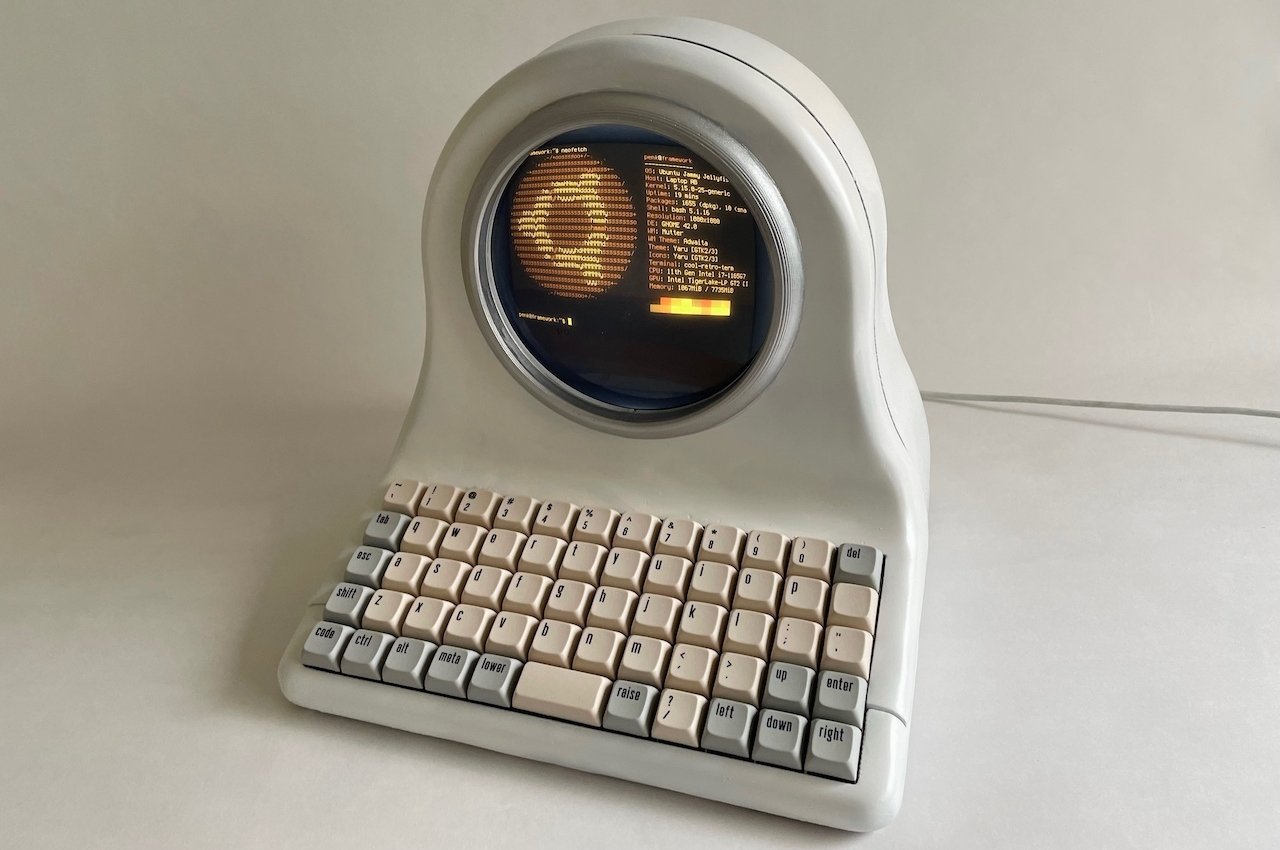
You can actually use this rather fancy computer that looks like a TV prop, but whether it’s usable is a different question entirely.
We’ve seen a lot of makers, tinkerers, engineers, and even designers take a stab at making their own personal computers, with an emphasis on “personal.” Thanks to the availability of off-the-shelf parts for computers and the ubiquity of 3D printing, it has become easier but still not trivial to bring some of those dream designs and visions to life. Many of the DIY computer projects we’ve seen, while admirable, often fall short of looking ready for use or having enough power to actually be useful. This is why the “Mainboard Terminal”, which looks quite impressive and has the actual guts of an advanced laptop, stands out from the rest.
Designer: Penk Chen
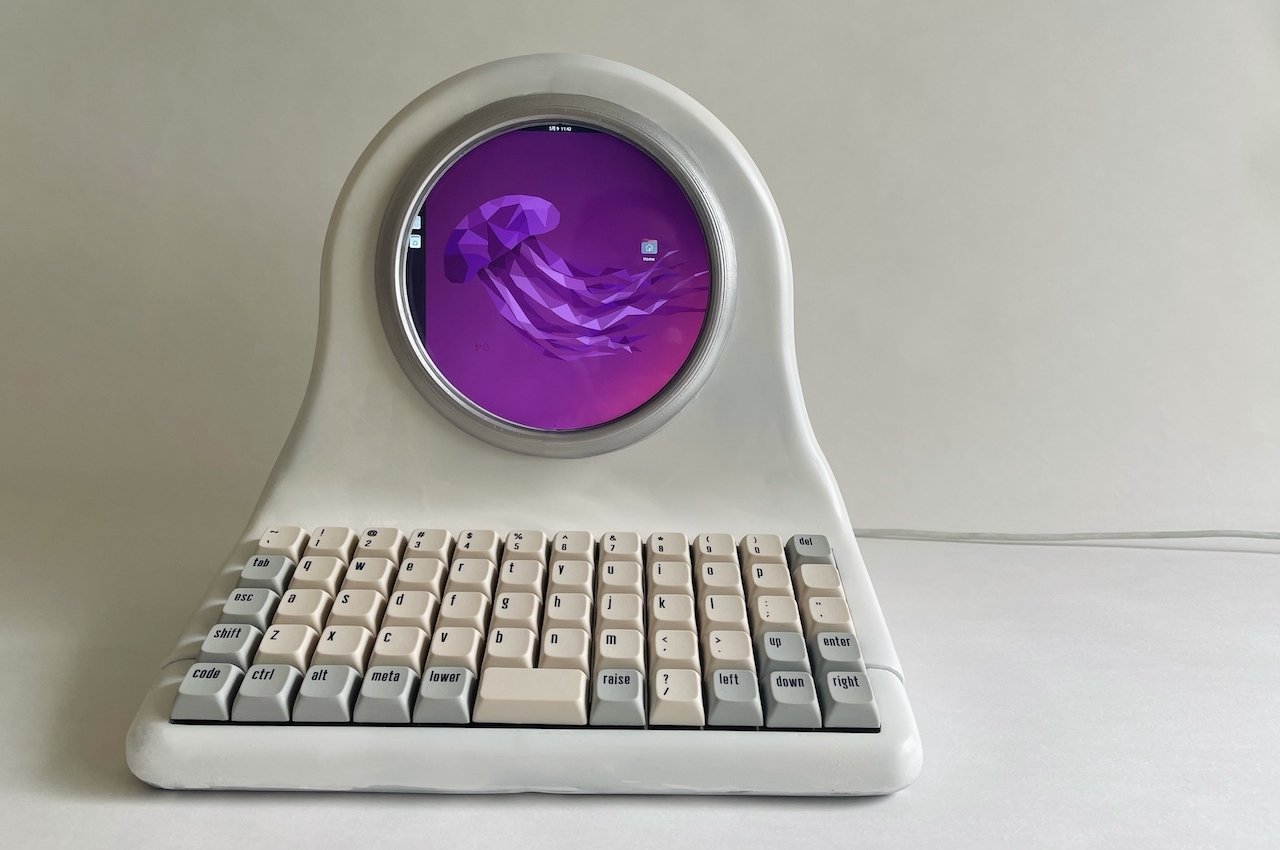
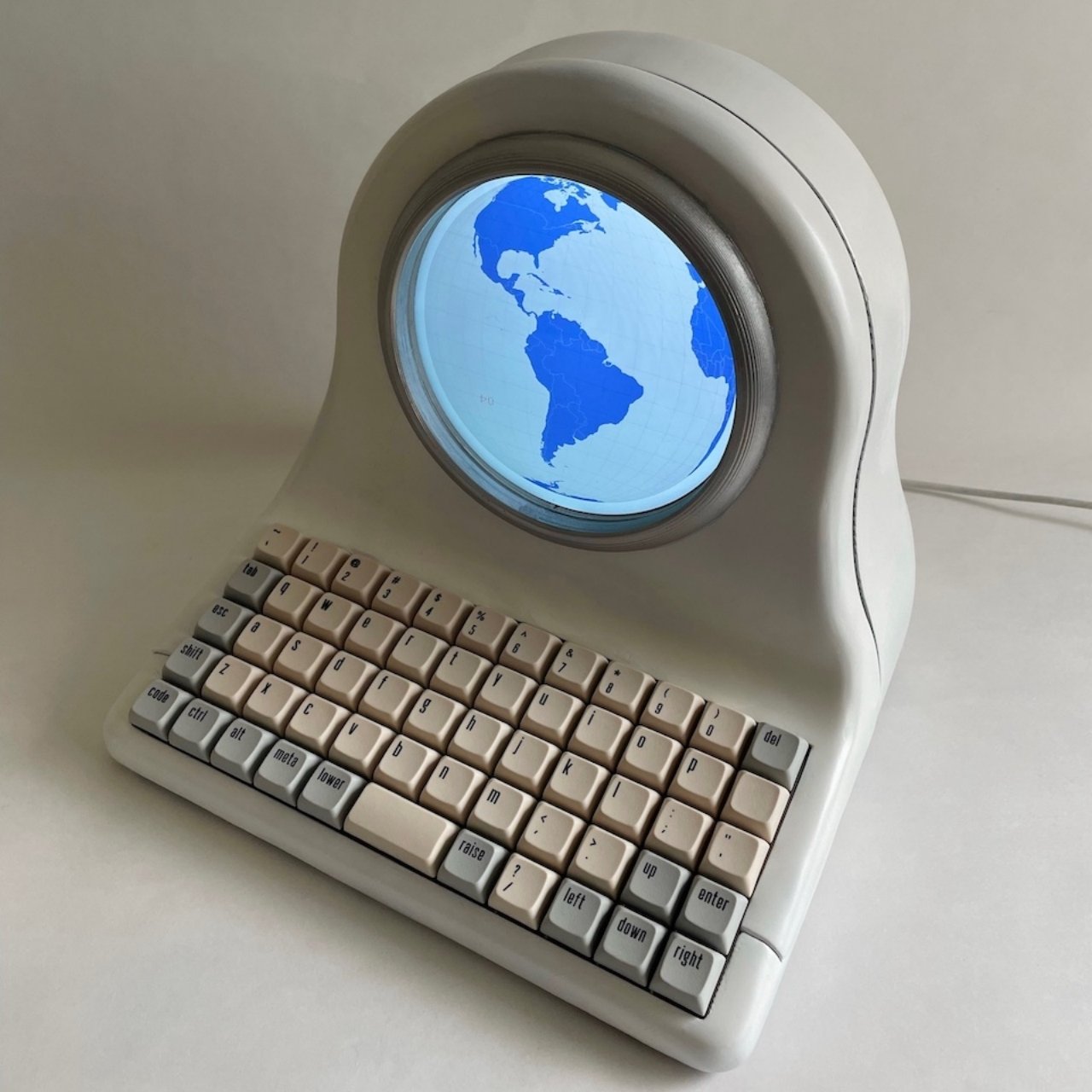
The majority of projects we see that involve crafting your own computer often involve the Raspberry Pi or one of its cousins. They are low-power, single-board computers, or SBCs, that are easy to carry around. They don’t have the computing power to handle most tasks. Not even Windows. This is unless you are an expert Linux user who can use very little computing resource.
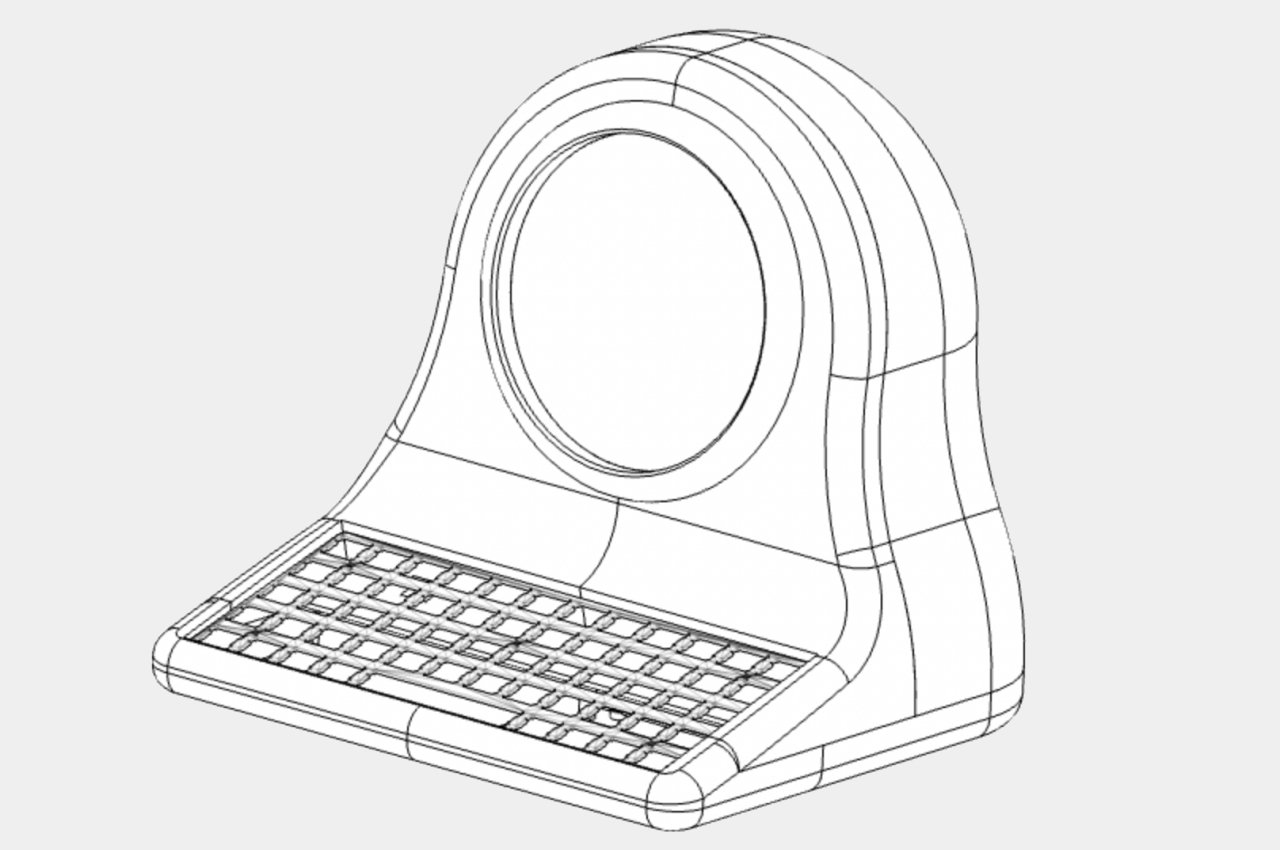
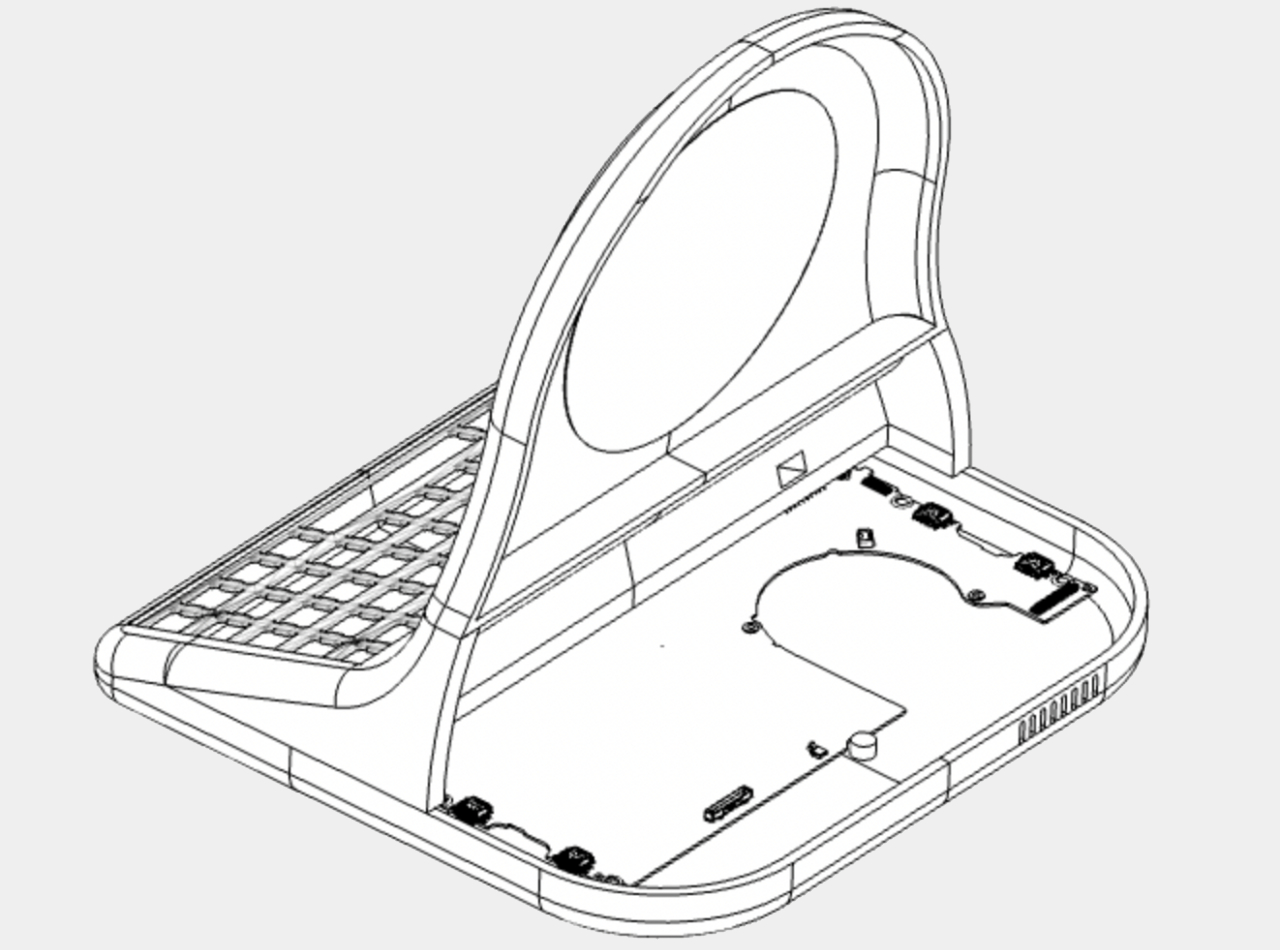
The RPi, as it is lovingly nicknamed, isn’t the only game in town, of course, and there are other SBCs out there that take things up a notch in terms of performance and software support, but the newest addition to that roster really changes the game. Although it’s primarily meant to repair or upgrade the world’s most modular and most repairable laptop, the Framework Mainboard can also be used as a standalone computer if you have the right parts to make it work. The catch? Prices start at $399 versus a Raspberry Pi’s humble $35.
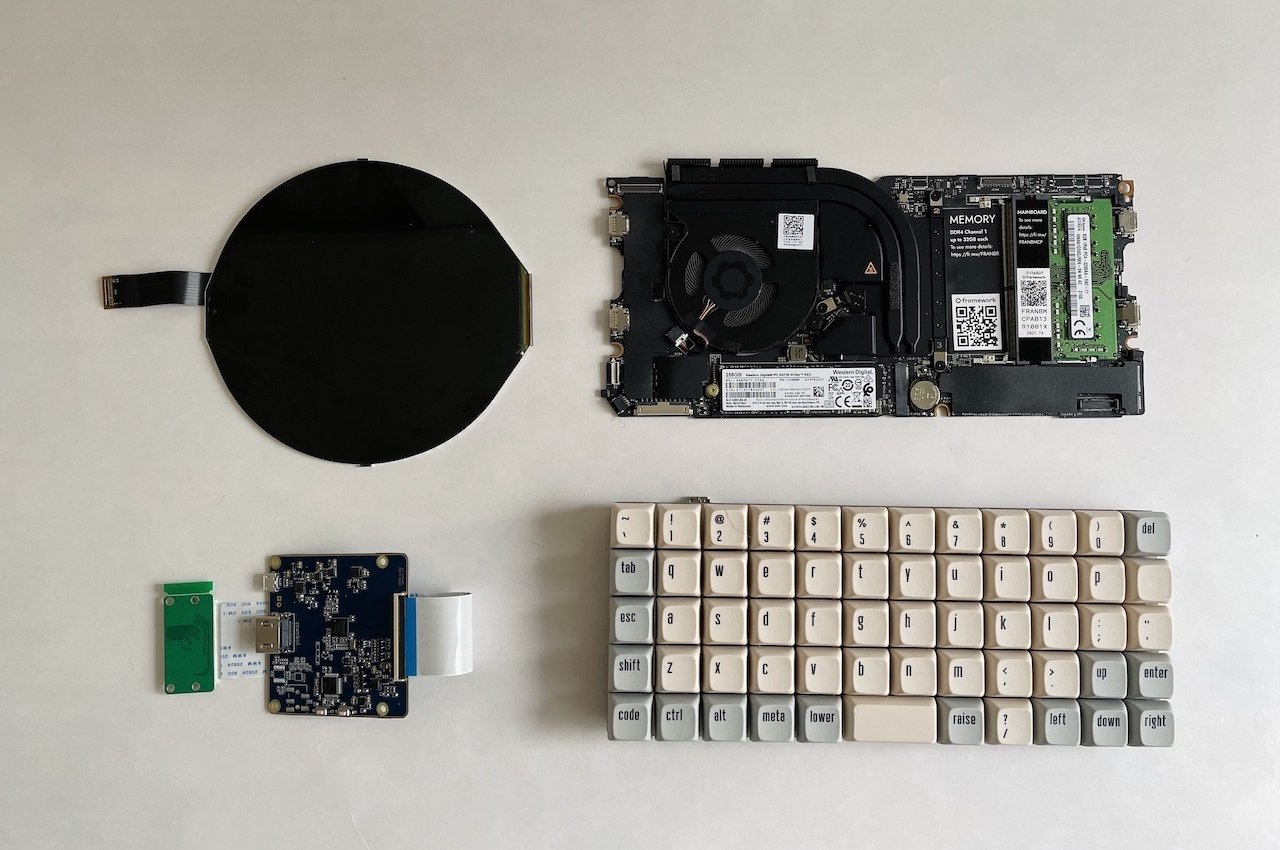
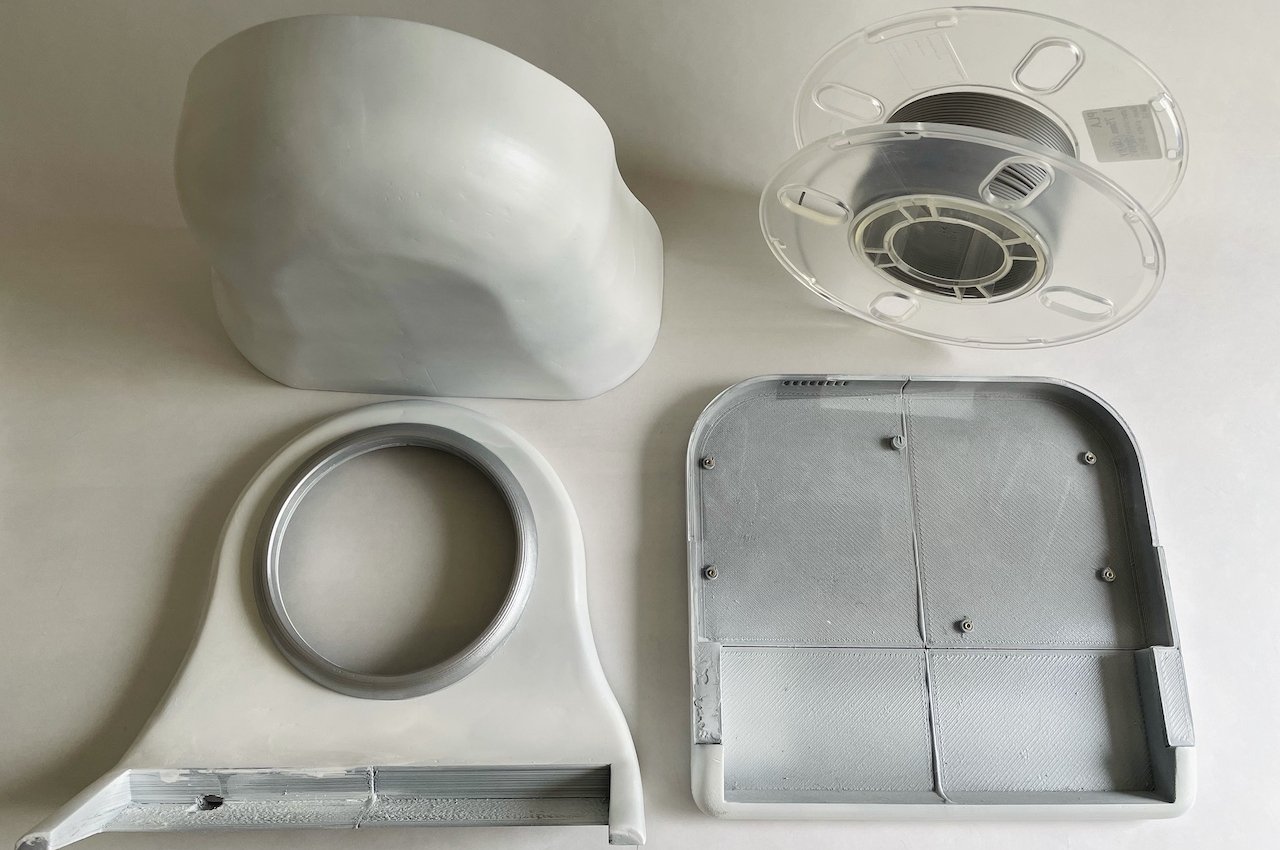
Needless to say, hacker and modder extraordinaire Penk Chen took advantage of that openness to craft another out of this world computer. The same engineer introduced the world to his Penkesu pocket computer, ala a cyberdeck, and is now taking inspiration from a different genre. Its off-white colour, chunky keycaps and curved silhouette make it feel right at home in retropunk television sets.
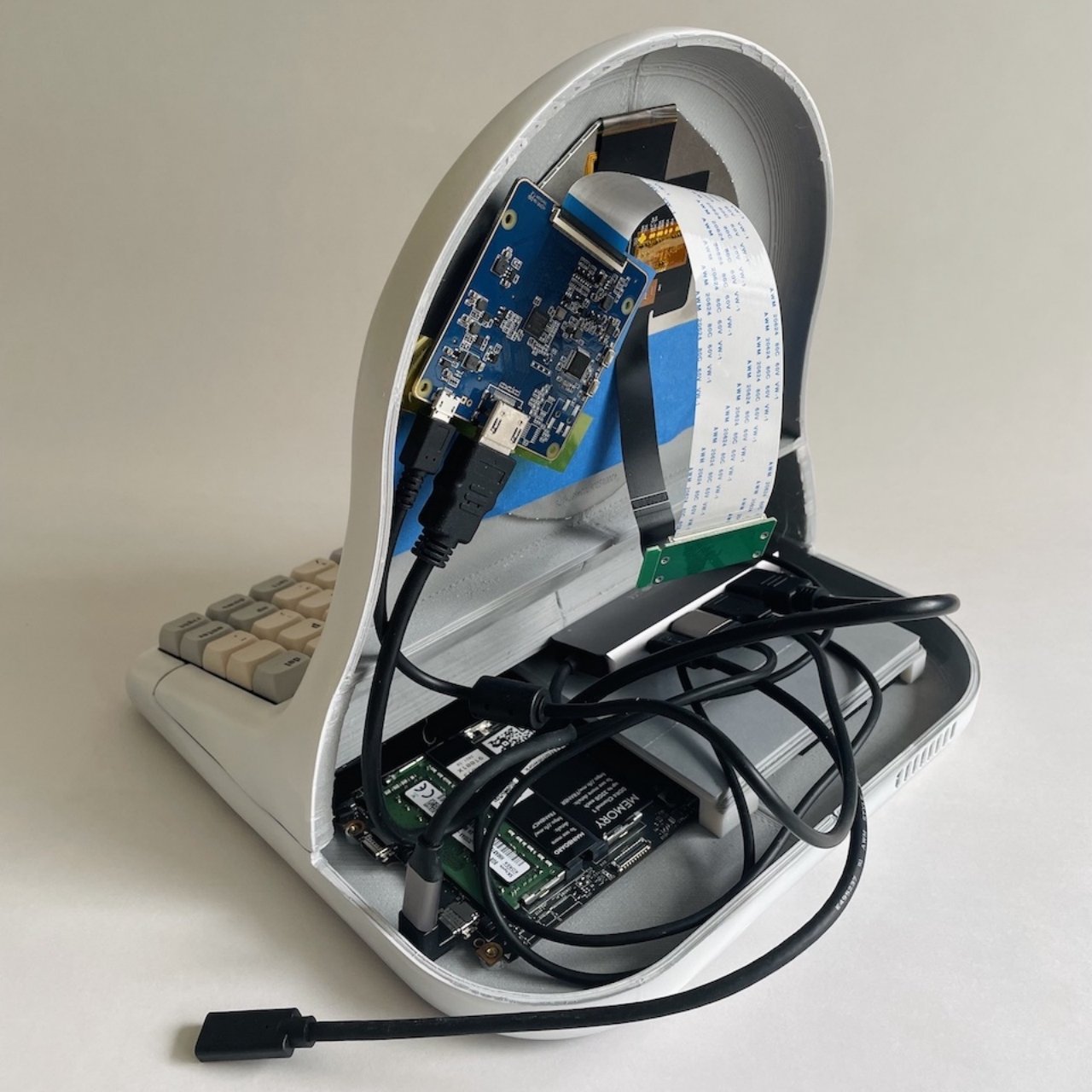
It’s not all looks, of course, because it has the beating heart of a typical laptop. Although it can run most operating systems in theory, its creator chose to use the open-source Ubuntu Linux Linux distribution. As with his other projects, Chen provides the list of parts used as well as the files for 3D printing that oddly-shaped chassis. Most of these parts can be bought from online retailers, but, as usual, you’ll need access to a 3D printer one way or another.
The biggest strike against this otherwise usable computer is the 5-inch 1080×1080 round LCD screen. The square aspect ratio is smaller than the smartphone’s screen and doesn’t suit software or content that was designed for a rectangular LCD. The circular screen means parts of it will not be visible at all. Although it is a matter of form over functionality, the computer can probably be designed to connect to an external monitor.

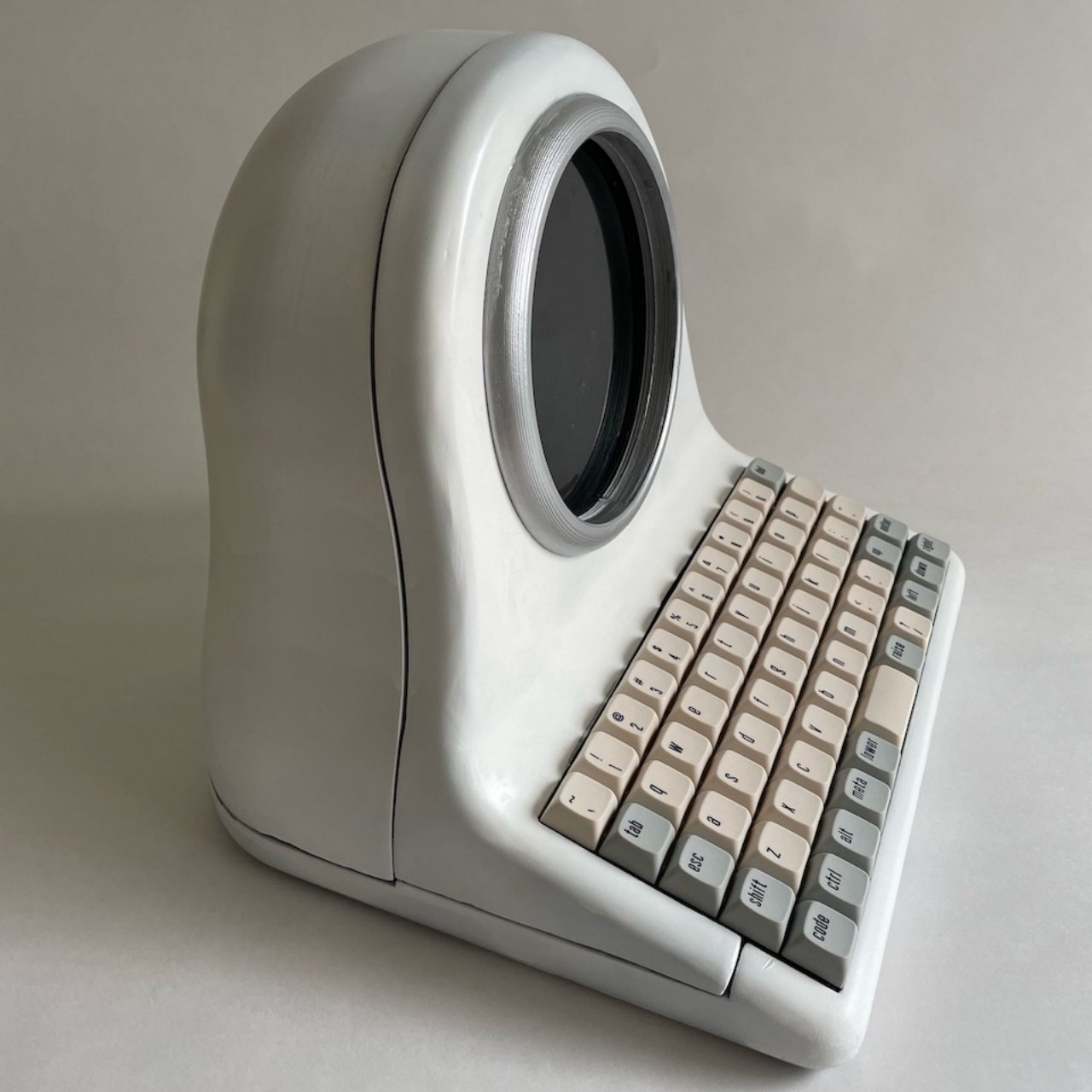
Source: www.yankodesign.com